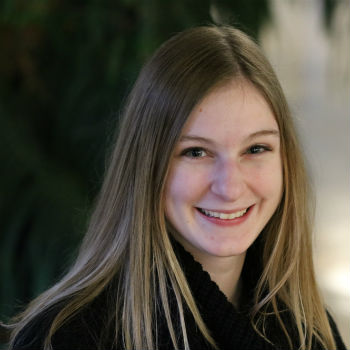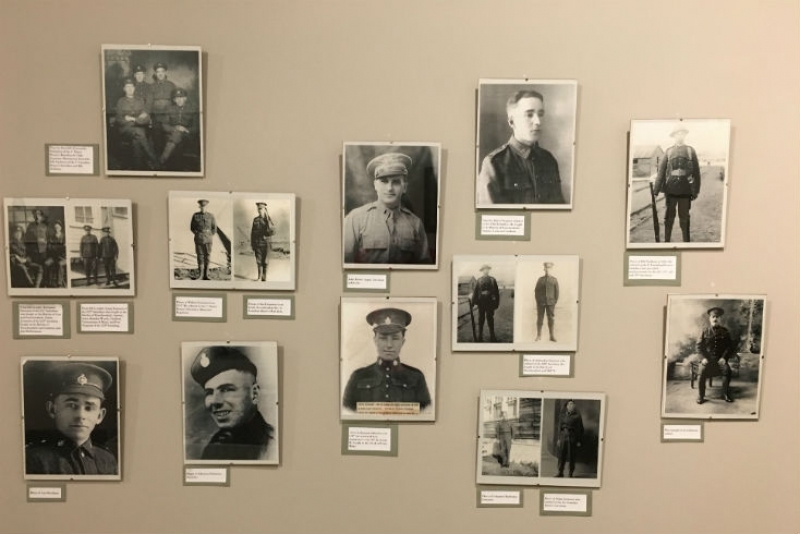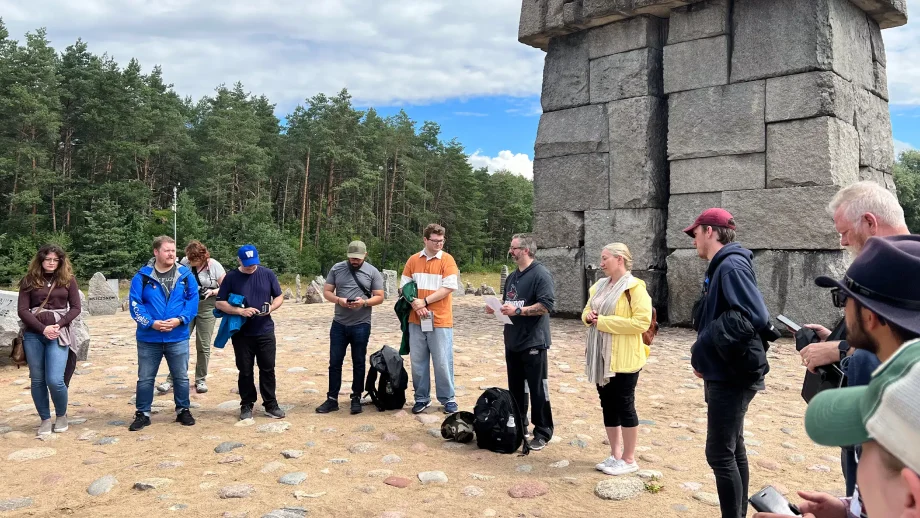UWinnipeg student Madison Herget-Schmidt was working at the New Iceland Heritage Museum (NIHM) in Gimli, MB when she stumbled upon a World War One military helmet in its archives that caught her attention. This discovery led Herget-Schmidt on a journey of exploration of the stories of the Icelandic-Canadian soldiers who served in the first war and the perspectives of the community.

Madison Herget-Schmidt, ©UWinnipeg
“As my research became more focused on the opinions that Icelanders held about the war, I felt that it was important to create an exhibit to open up a conversation about contemporary perspectives about war,” shared Herget-Schmidt.
Her research has become an exhibit currently at the NIHM that runs until December 31. The First World War: Icelandic Canadian Perspectives, commemorates and memorializes the Icelanders who were involved in the First World War as soldiers, nurses, and doctors, and introduces people to the 108th and 223rd battalions of the Canadian Army that had a significant number of Icelanders enlisted.
The stories reflect the varied opinions held by Icelanders who went overseas to fight in the war and are told through postcards, letters, and photographs.
“Visitors to the museum will be able to see a transcription of a war diary from 1916 to 1917 created by Dr. Steinn Olafur Thompson,” said Herget-Schmidt. “This war diary is a unique addition to the exhibit, as visitors will be able to see a first-hand account of some notable battles of World War One: the Battle of the Somme, the Battle of Vimy Ridge, and the Battle of Passchendaele.”
The exhibit also features artifacts such as military uniforms, badges of honour, a helmet, and a gas mask, which speak to the experiences of soldiers fighting overseas. In addition to those items, the exhibit includes a Roll of Honour with the names of all the Icelandic soldiers in the First World War to commemorate the soldiers that fought in the war and memorialize those who were killed in action.
“This exhibit acknowledges the contributions and sacrifices made by the soldiers who enlisted in the military during the conflict,” noted Herget-Schmidt. “We must make a conscious effort to never forget, which is the central goal of the exhibit.”
Herget-Schmidt transformed her research for the exhibit into a final research essay for her History and Memory class. Herget-Schmidt has already completed a 4-year BA, honours, in history and is currently finishing an integrated education degree.






